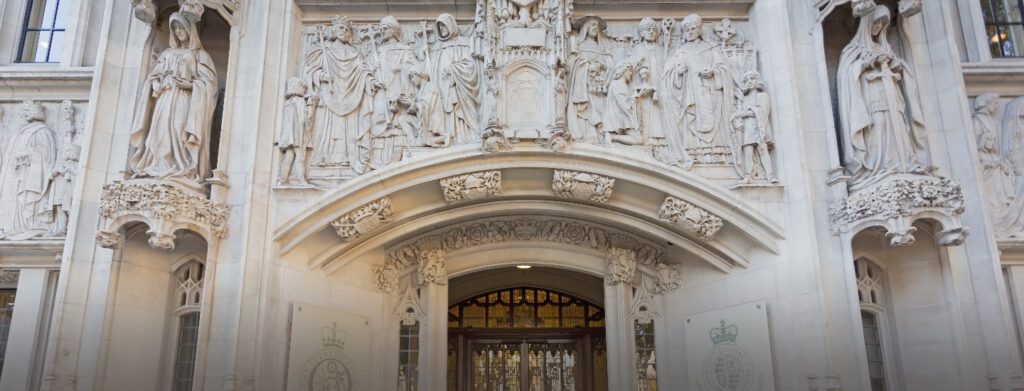The Supreme Court recently considered the extent of an exclusive fishing right owned by prescription (the acquisition of a right through long use or enjoyment), over part of the foreshore located in the Wash, Norfolk in Lynn Shellfish Limited and others v Loose and another [2016] UKSC 14.
It is well established that the landward limit of the foreshore is the mean high water mark, but it may come as a surprise that there is no equivalent consensus in relation to the seaward limit of the foreshore. The Le Strange family had exclusive rights to take cockles and muscles from the foreshore (the “Right”) in an exclusive (or ‘several‘) fishery. Mr Loose had been granted a lease of the Right by the Le Strange family in 1970 and had brought legal action against Lynn Shellfish Limited alleging infringement of this exclusive Right.
Whilst it was common ground that the Le Strange family had a prescriptive Right (within living memory, they had excluded the public from at least part of the area), the area over which this extended was disputed in relation to (1) the seaward boundary and (2) the attachment of previously unconnected sandbanks to the Foreshore.
The seaward boundary
The Supreme Court rejected the argument for a fixed seaward boundary and instead found that the Right would have been exercised over an area which was limited by a shifting low tide mark:
“The Estate has exercised a prescriptive exclusive Right to take shellfish from the foreshore for a substantial period, during which the low water mark fluctuated to a significant extent over time, in circumstances where the evidence clearly established that the only way in which the shellfish were gathered was by individuals walking from the land where the tide was out.” (paragraph 58).
The first issue was whether the relevant area extended to mean low water, mean spring low water or the lowest astronomical tide as the most extreme low water mark. The Supreme Court agreed with the Court of Appeal’s judgment that in this particular case, the appropriate measurement was the lowest astronomical tide: a rare event which occurs once every 18.6 years and exposes the greatest possible area. The Court also noted that the lowest astronomical tide was an actual rather than an artificial tide mark (such as mean low water and mean spring low water). This was intended to produce the least arbitrary result so as to encompass all parts of the Foreshore which are at any time uncovered by the sea.
The attachment of previously unconnected sandbanks
In addition, as channels had silted up there were various sandbanks that had previously been unconnected to the Foreshore that had since become attached. The second issue was whether the Right extended to a sandbank simply because it had become attached to the Foreshore.
The Respondents argued that their Right extended over the additional sandbanks and had been acquired as the sandbanks had gradually built up over time towards the foreshore (the ‘doctrine of accretion’). However, the Supreme Court did not agree and considered that whilst the silting up of the channel would have occurred over time, there would have been a specific moment when the sandbank suddenly became attached to the foreshore.
Furthermore, since the Magna Carta in 1215, the Crown has not been able to exclude the rights of the public to fish and gather shellfish from the foreshore (the right of piscary) by granting new private rights of fishery. The Supreme Court held that the public would previously have been entitled to fish and gather shellfish from the sandbanks in question before they became attached to the foreshore.
In order to establish that he has obtained a fishery by prescription, a person must show that he has physically enjoyed the fishery ‘as of right’ for the requisite period (i.e. to the exclusion of others). The Court concluded that there was insufficient evidence to demonstrate that the sandbank had been acquired by the Le Strange family estate by way of prescription so as to exclude the public right to fish. Therefore the appeal was successful in part in relation to this issue.
